
International trade + agriculture + remote sensing. 🌐🥑🚢🐄
Chionophile and orophile.
#StandUpForUC
jaysayre.com
https://uccecon.ucdavis.edu/


@UCDavisARE.bluesky.social
is hiring an Asst. Prof this year in agricultural and financial commodity markets. Happy to answer any questions about the position or department. Please apply by Nov. 3rd!
recruit.ucdavis.edu/JPF07305
Please consider them for your open positions!
are.ucdavis.edu/phd/job-cand...
#EconJobMarket #Economics #PhD
@wenjie-zhan.bsky.social
@thjchen.bsky.social
@rachelejones.bsky.social

Please consider them for your open positions!
are.ucdavis.edu/phd/job-cand...
#EconJobMarket #Economics #PhD
@wenjie-zhan.bsky.social
@thjchen.bsky.social
@rachelejones.bsky.social
recruit.ucdavis.edu/JPF07305

recruit.ucdavis.edu/JPF07305
@UCDavisARE.bluesky.social
is hiring an Asst. Prof this year in agricultural and financial commodity markets. Happy to answer any questions about the position or department. Please apply by Nov. 3rd!
recruit.ucdavis.edu/JPF07305
@UCDavisARE.bluesky.social
is hiring an Asst. Prof this year in agricultural and financial commodity markets. Happy to answer any questions about the position or department. Please apply by Nov. 3rd!
recruit.ucdavis.edu/JPF07305
Vegetable prices at the wholesale level surged nearly 39% in July. @willmasters.bsky.social & I unpack what’s behind this spike in today's @marketplace.org 🎙️
www.marketplace.org/story/2025/0...
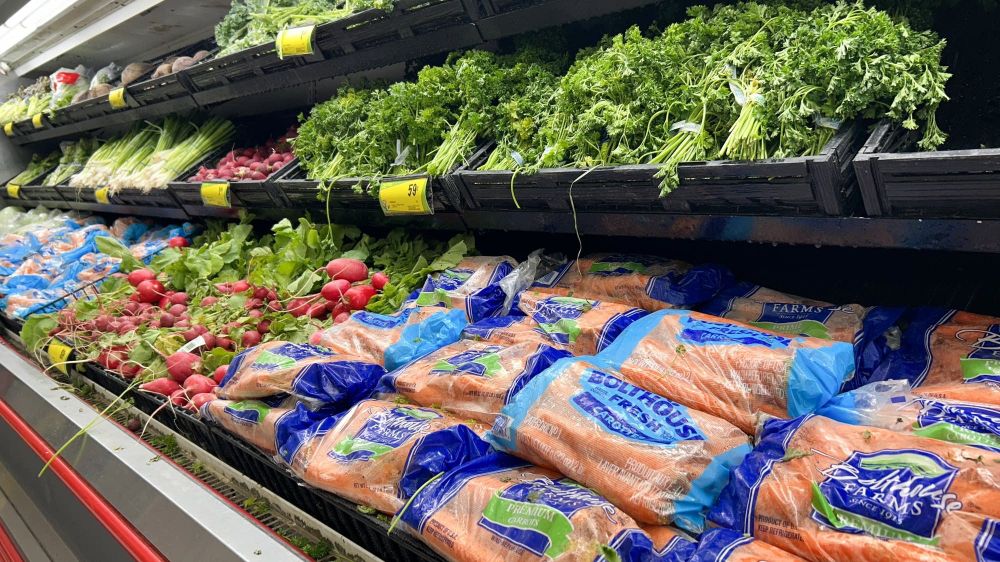
Vegetable prices at the wholesale level surged nearly 39% in July. @willmasters.bsky.social & I unpack what’s behind this spike in today's @marketplace.org 🎙️
www.marketplace.org/story/2025/0...
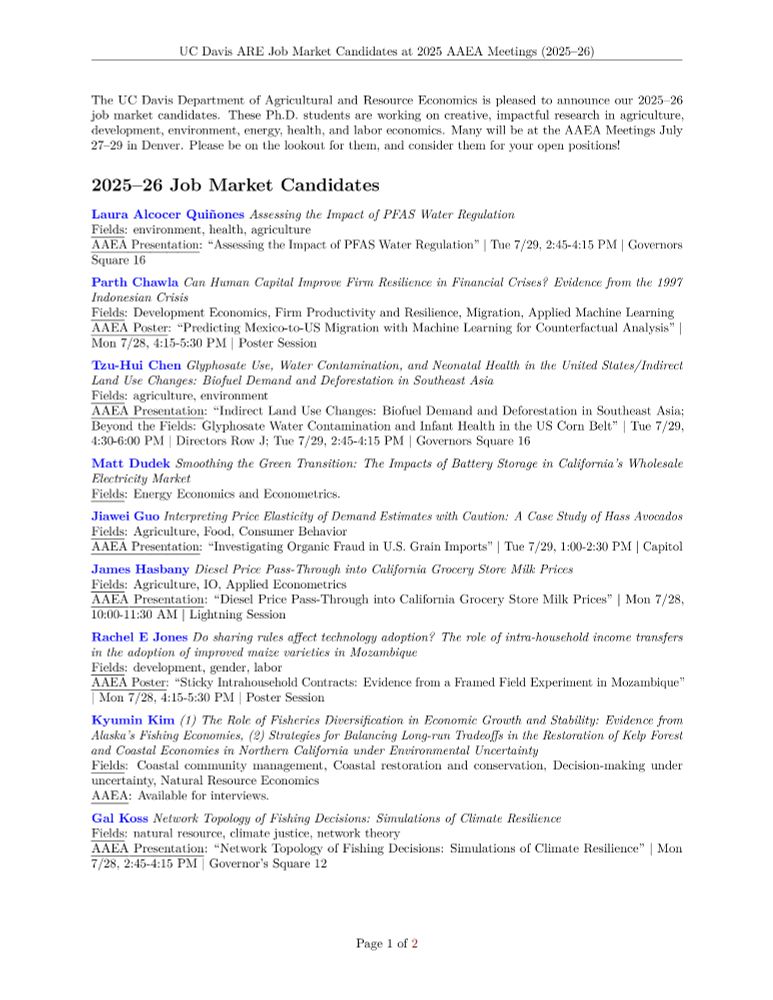
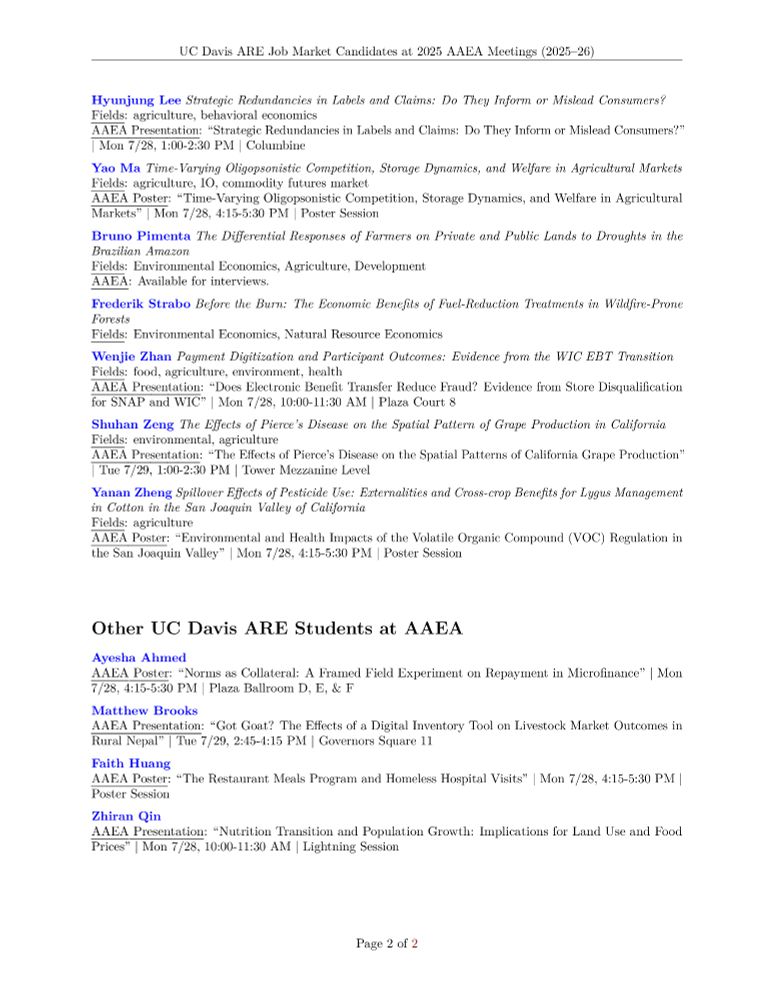
“We’re not getting an influx of new, young workers," says Ali Hill, @ucanr.bsky.social agricultural labor economist
Today on Marketplace.

“We’re not getting an influx of new, young workers," says Ali Hill, @ucanr.bsky.social agricultural labor economist
Farm workers deserve REAL protections, so they can continue working without fear.
www.npr.org/2025/06/16/n...
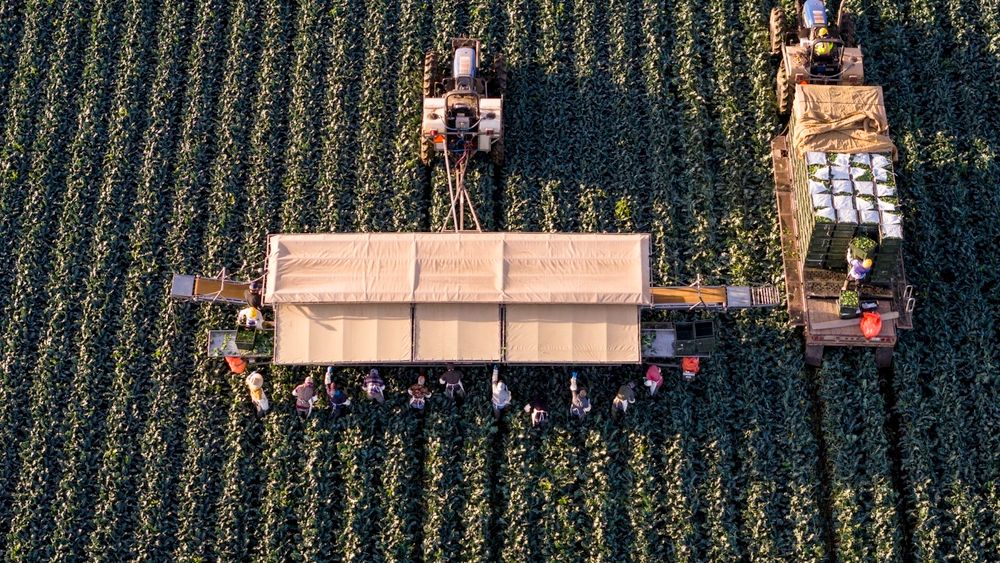
Farm workers deserve REAL protections, so they can continue working without fear.
www.npr.org/2025/06/16/n...

ucdavis.zoom.us/rec/share/_0...
ucdavis.zoom.us/rec/share/_0...
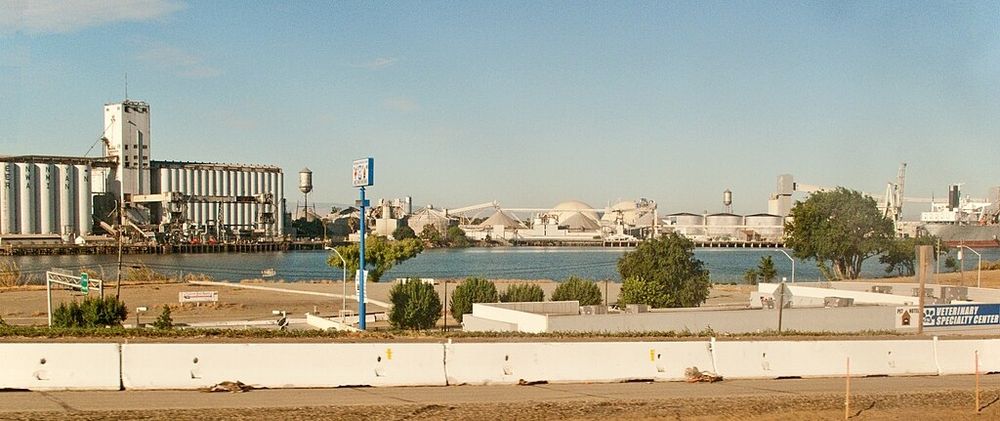
(1/7)
(1/7)
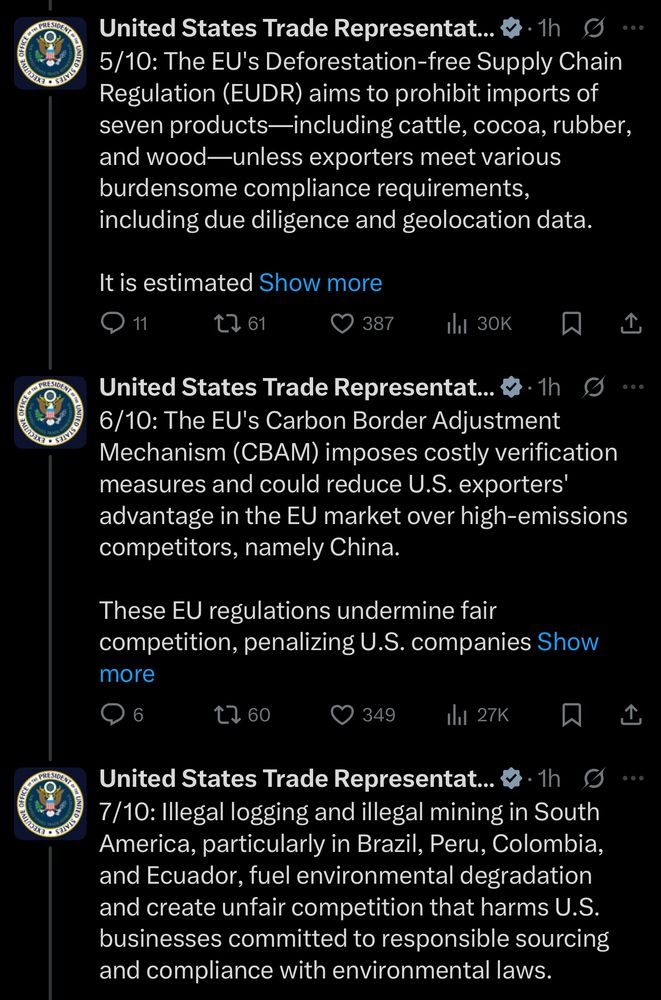

grist.org/food-and-agr...
#Mexico #Food #Avocado #Avocados #Forests #Climate
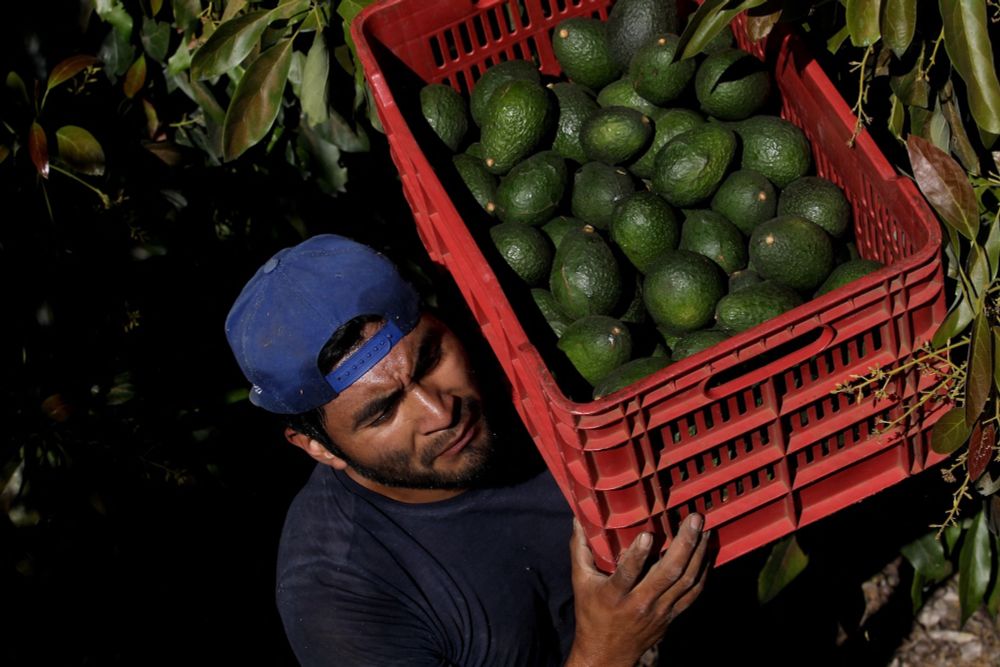
youtu.be/Rp_on9E6FVA?...
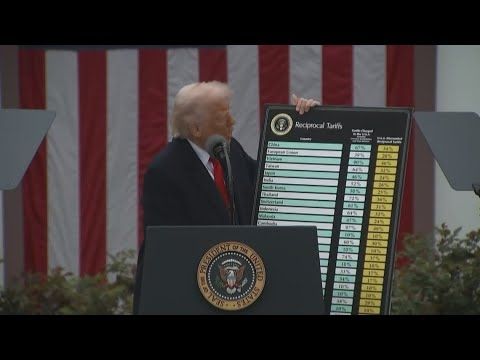
youtu.be/Rp_on9E6FVA?...
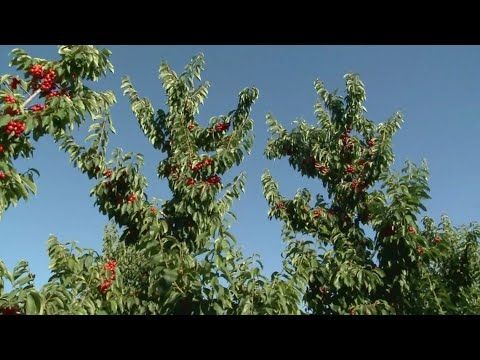


Climate change and bird flu are already driving up food prices. Trump's tariffs are about to make it worse.
grist.org/food-and-agr...
#Tariffs #Trade #Climate #Trump #Groceries
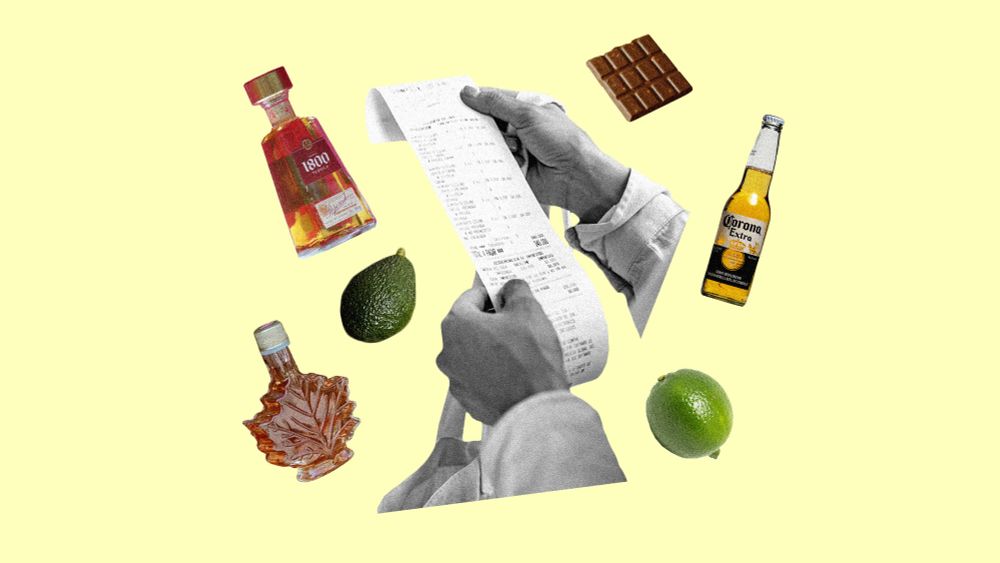
Climate change and bird flu are already driving up food prices. Trump's tariffs are about to make it worse.
grist.org/food-and-agr...
#Tariffs #Trade #Climate #Trump #Groceries
Tequila or Mezcal unless it has been manufactured in Mexico". California's upstart agave sector will need to make pulque or rebrand, I guess
Tequila or Mezcal unless it has been manufactured in Mexico". California's upstart agave sector will need to make pulque or rebrand, I guess
📰: www.sfgate.com/bayarea/arti...

📰: www.sfgate.com/bayarea/arti...

